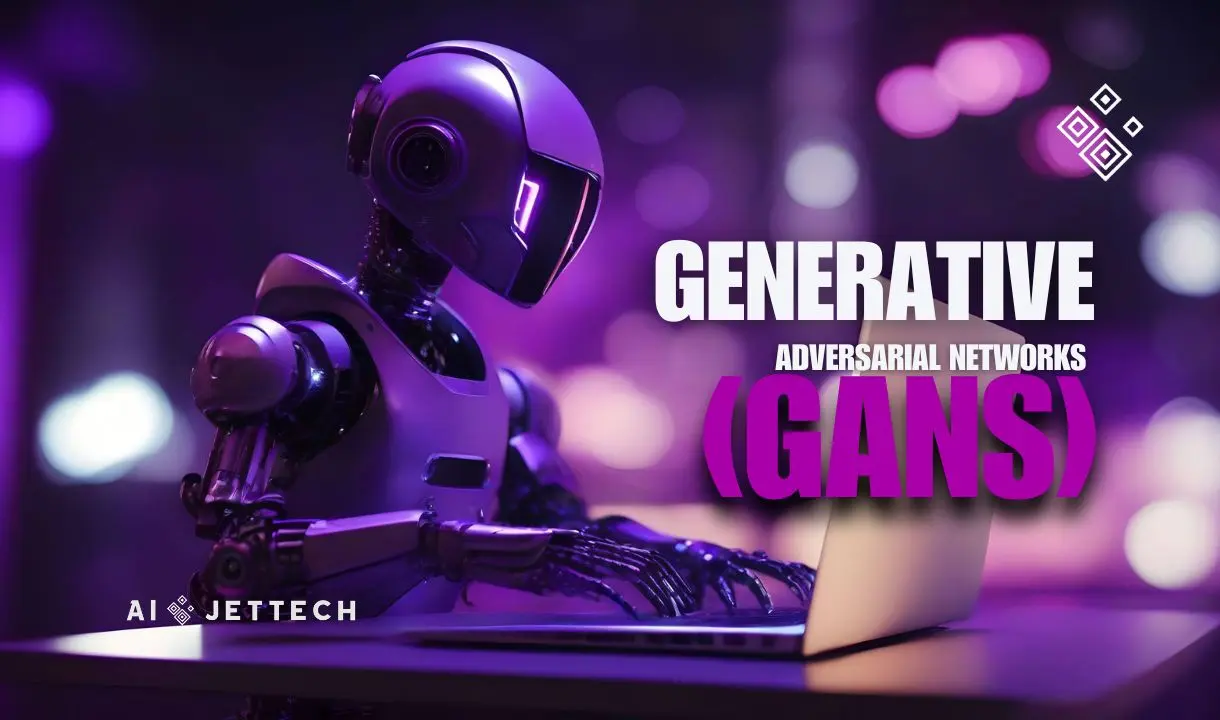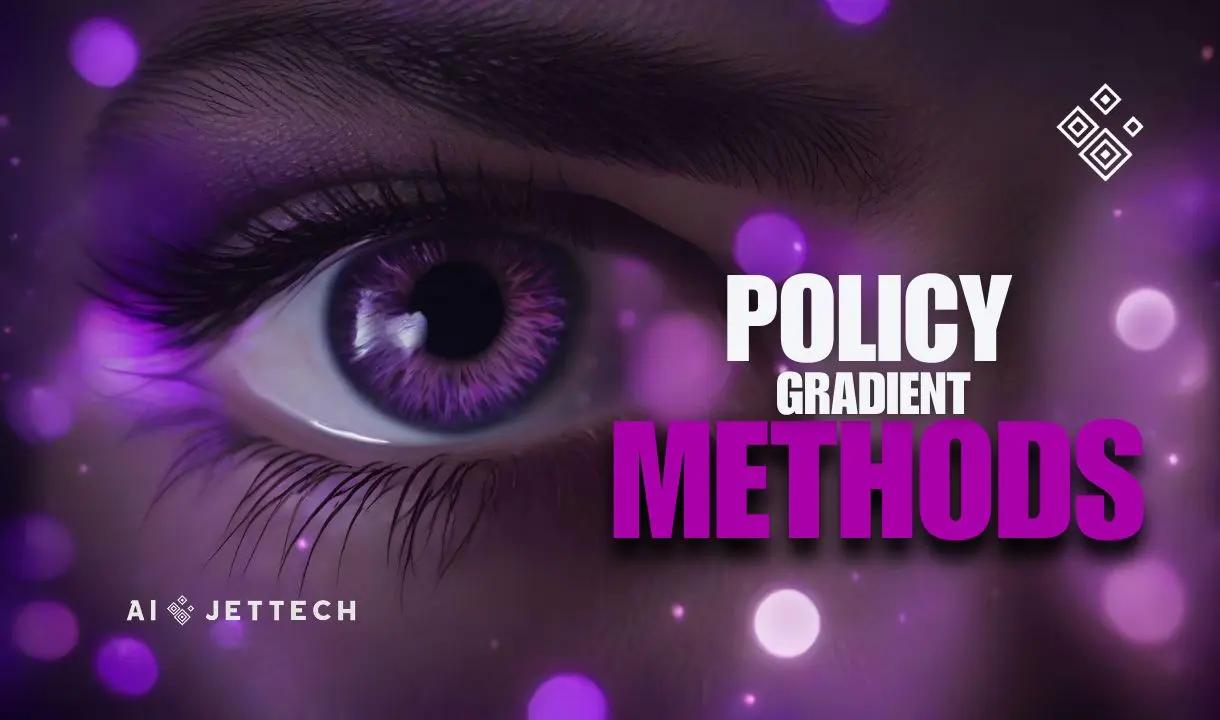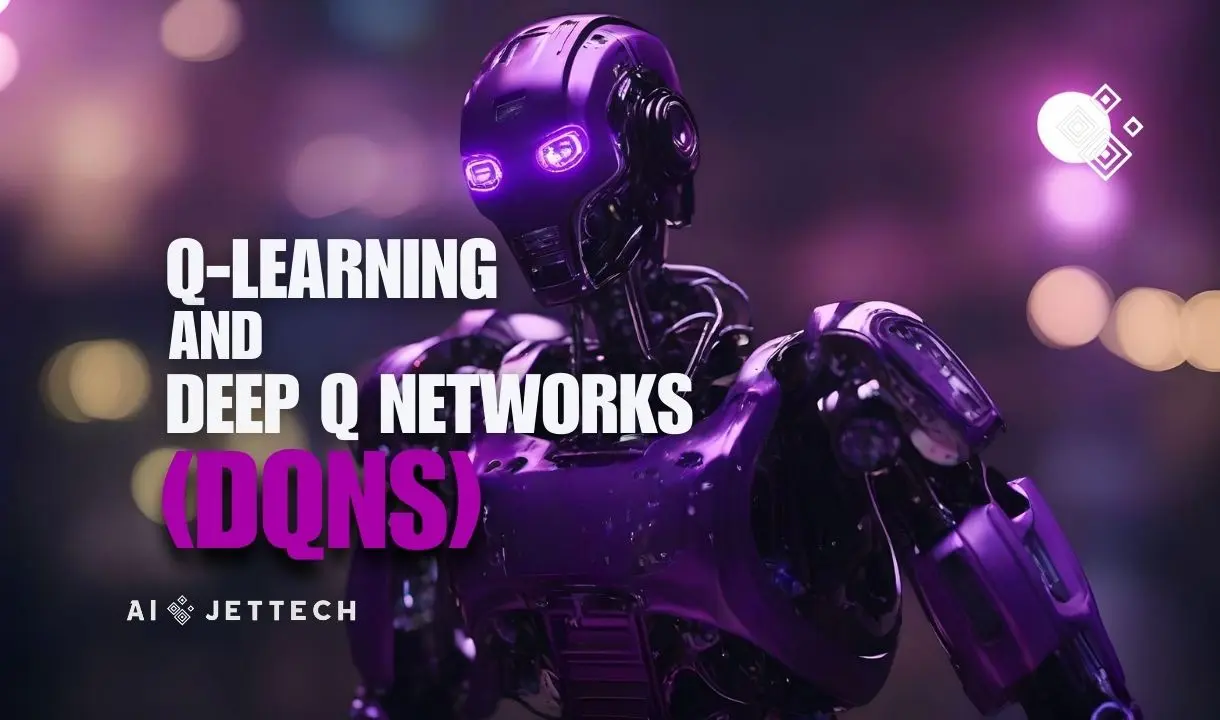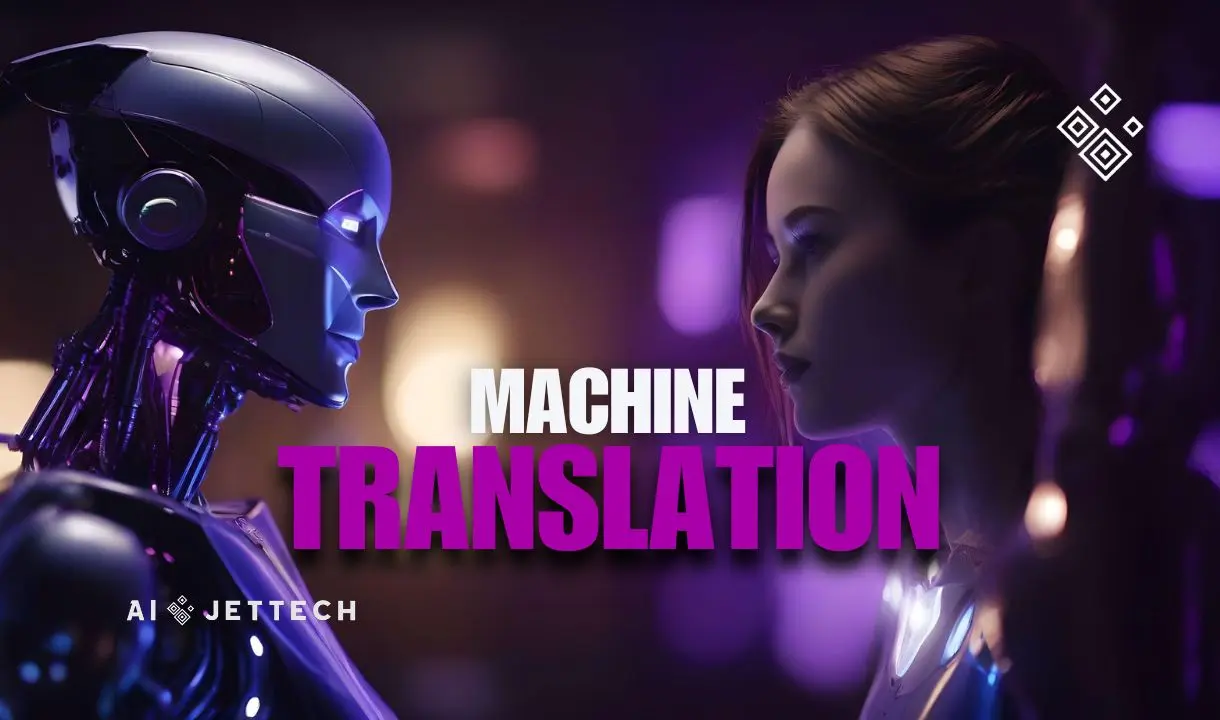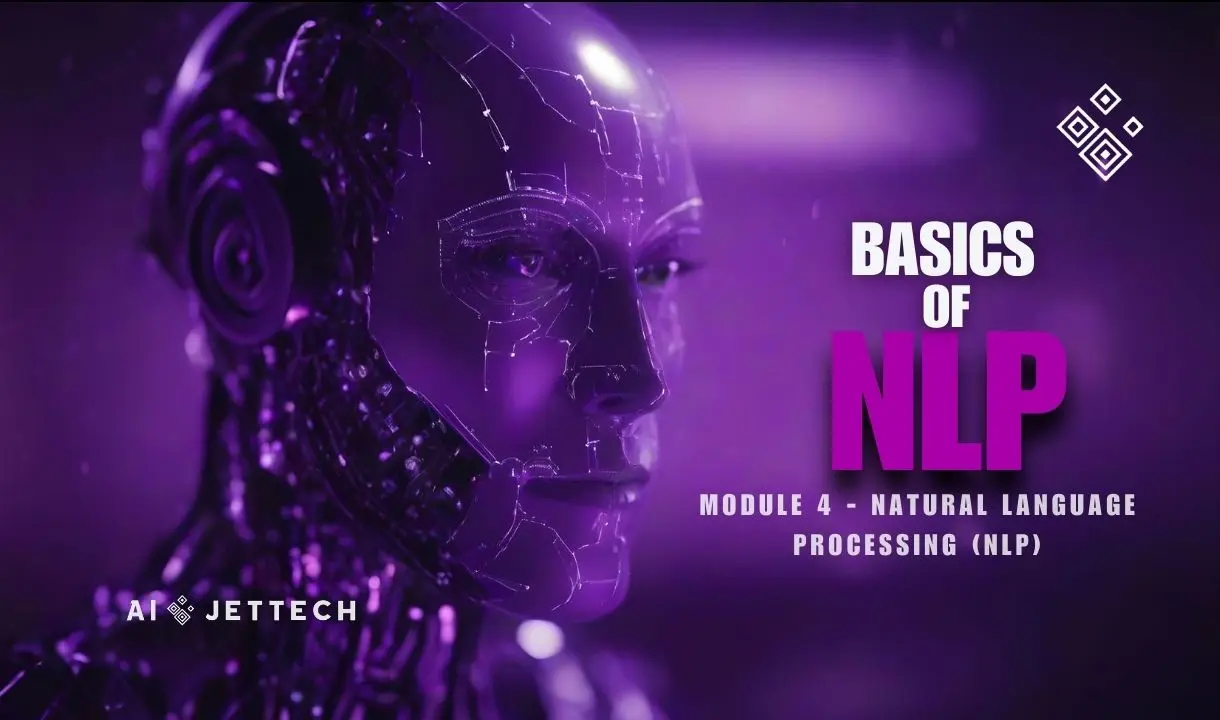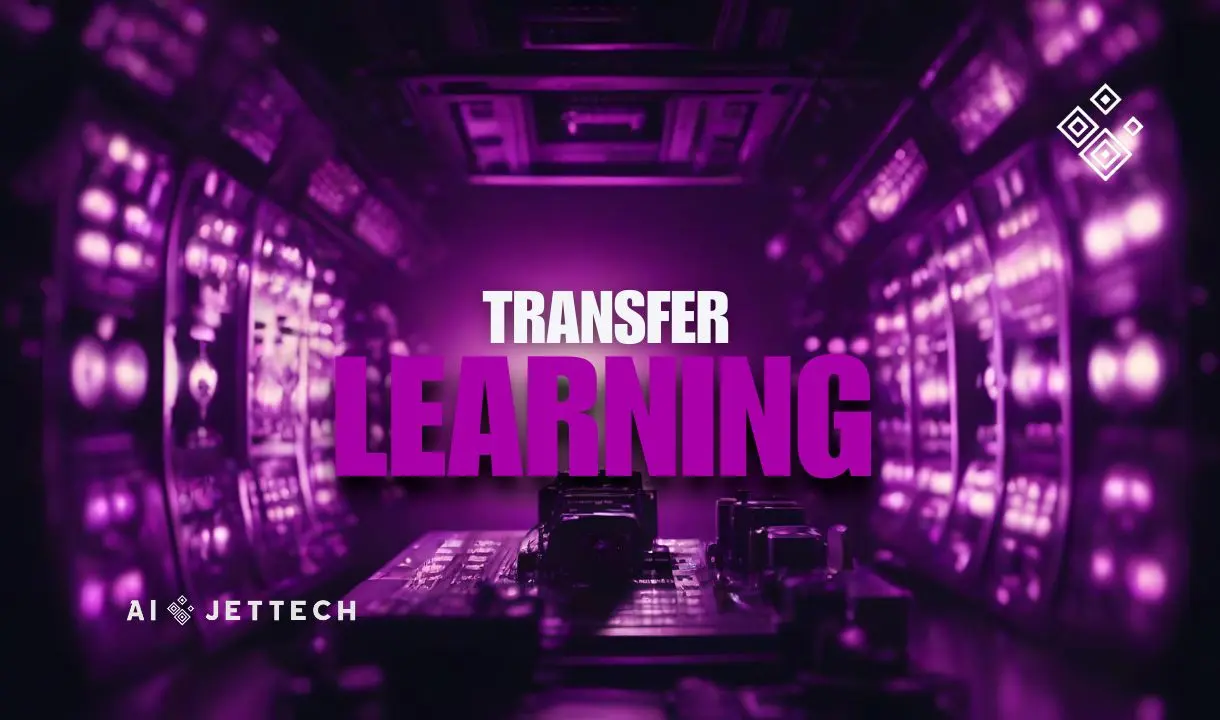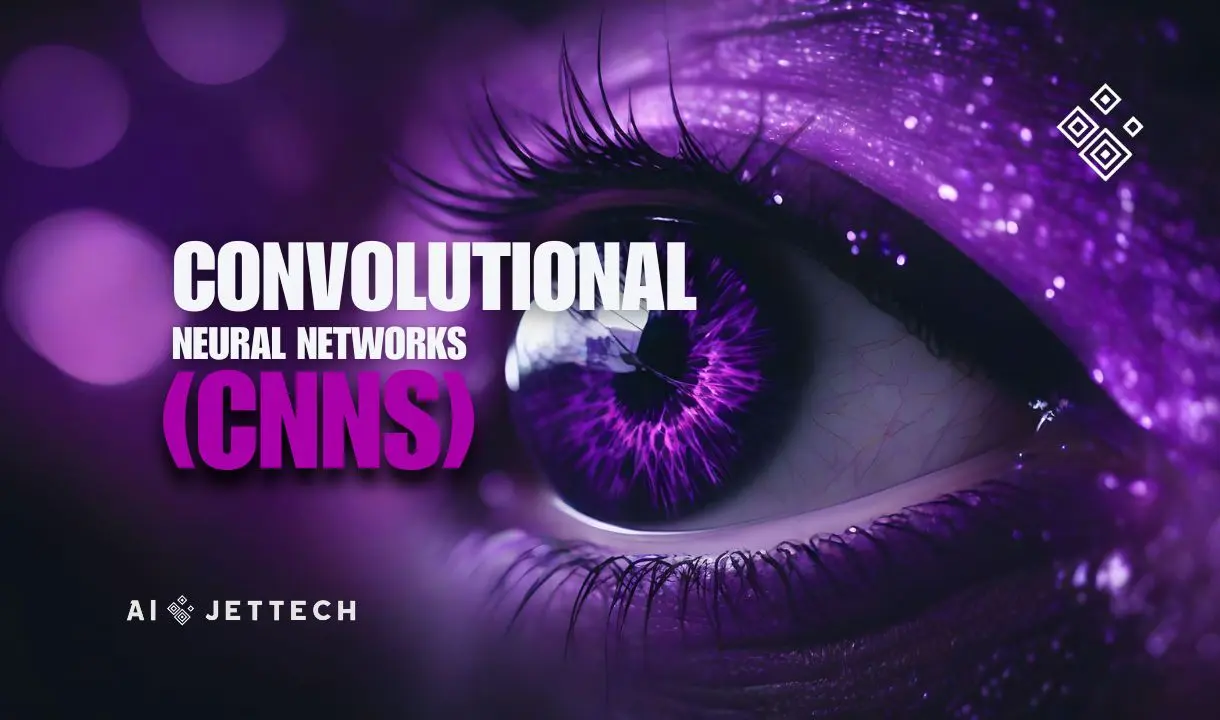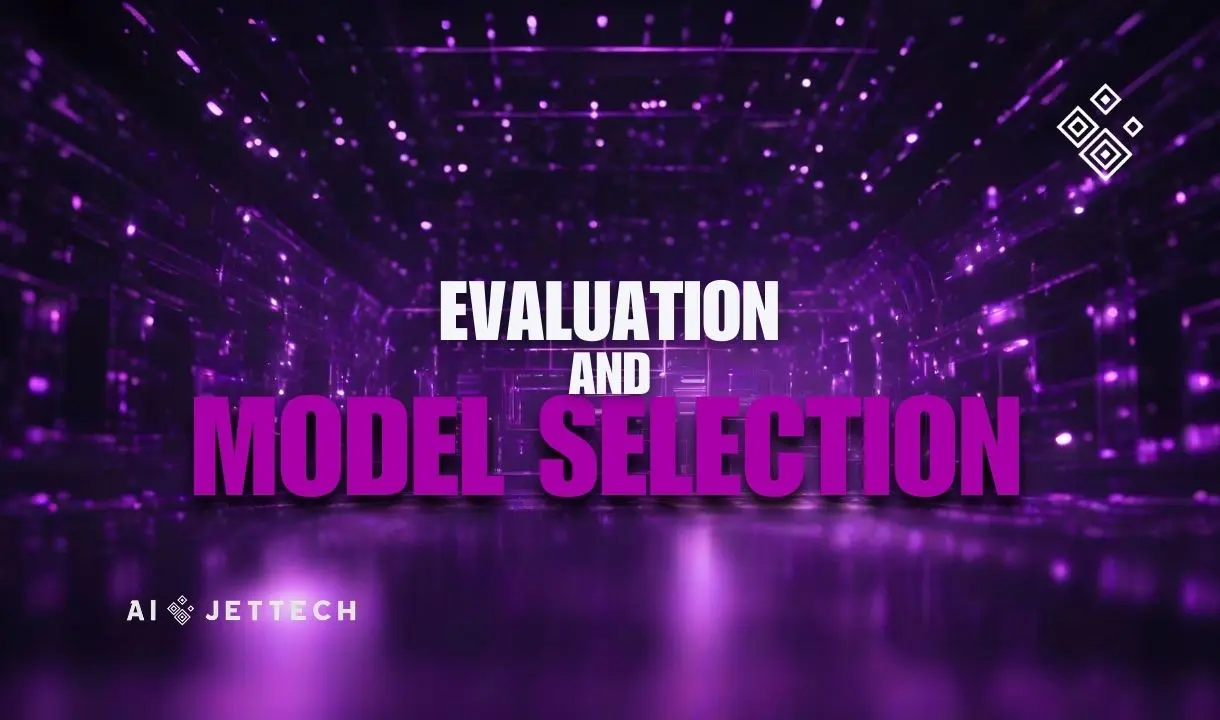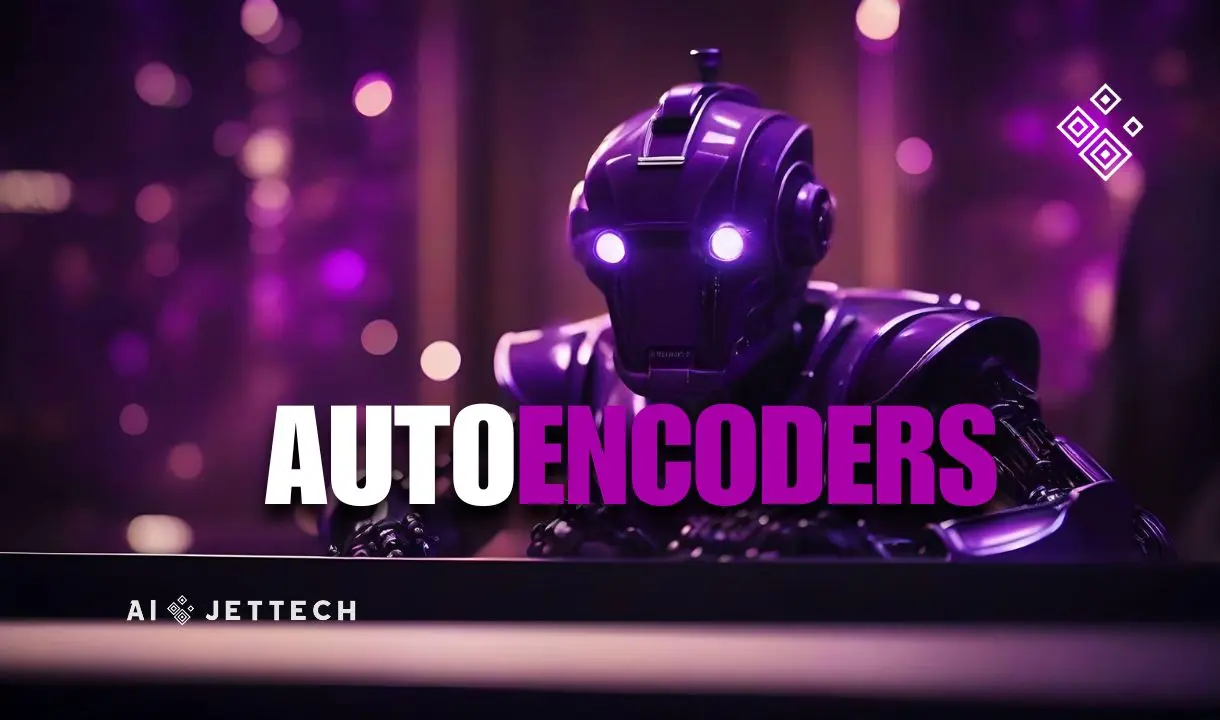
Autoencoders
What is Autoencoders? Autoencoders, a fascinating subset of neural networks, serve as a bridge between the input and a reconstructed output, operating under the principle of data encoding and decoding. At their core, these models are designed to learn efficient representations of data, often for the purpose of dimensionality reduction or feature learning. Basics of Autoencoders Imagine an autoencoder as a craftsman, meticulously carving a block of wood, only to later assemble the shavings back into its original form. This process involves two primary components: the encoder and the decoder. The encoder compresses the input into

